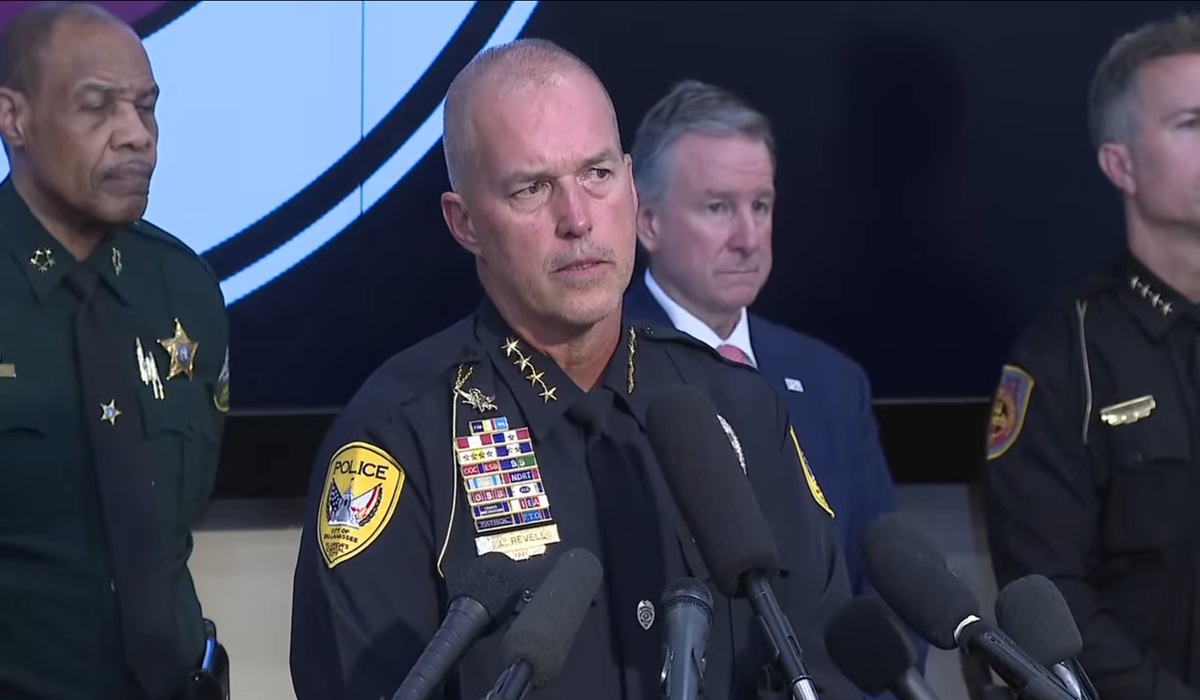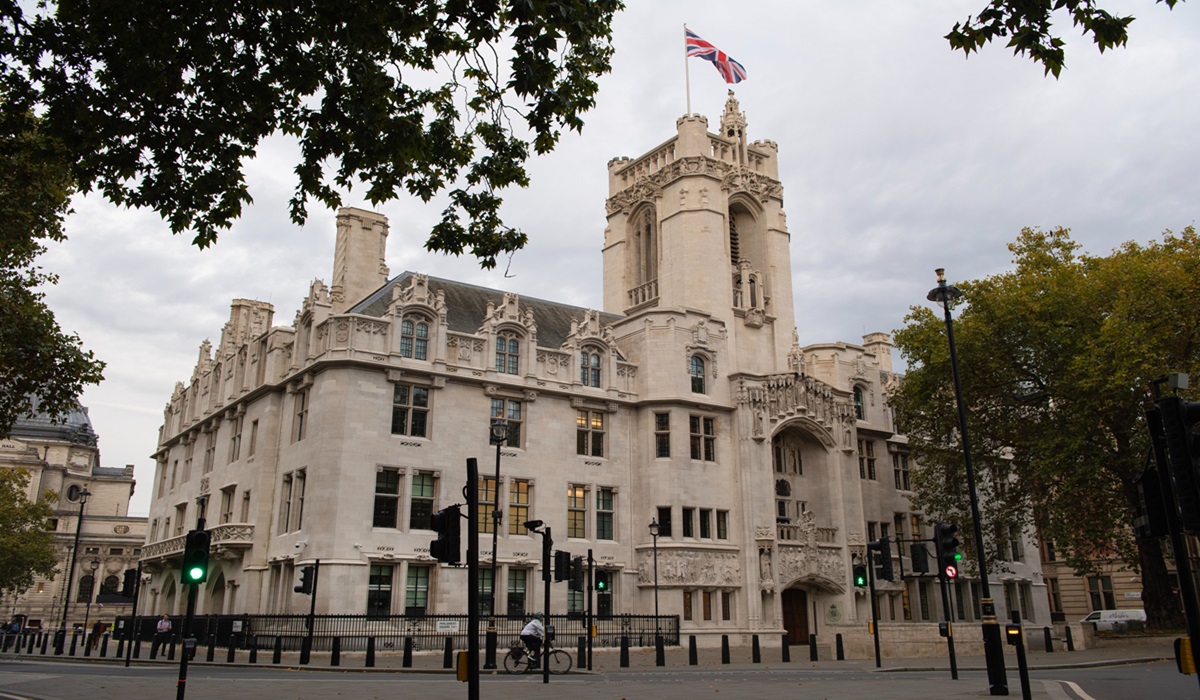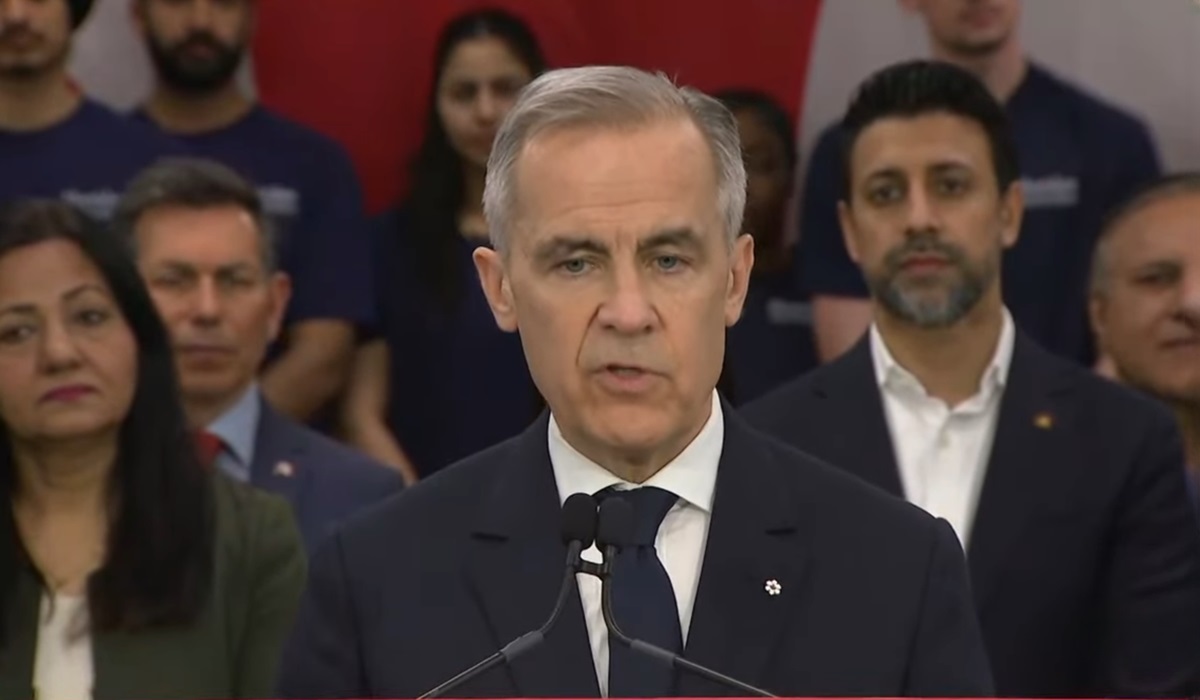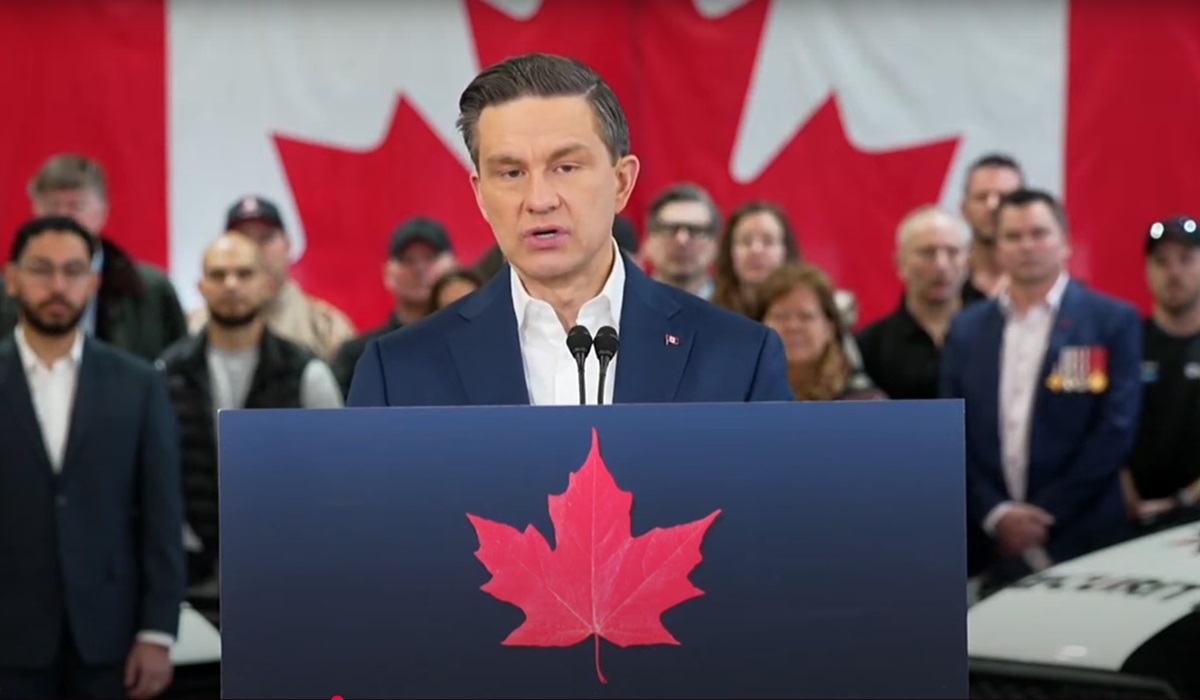Will Trump’s 10-Point Plan to ‘Drain the Swamp’ Reshape Washington for Good?
- Naomi Dela Cruz
- Breaking News
- November 8, 2024
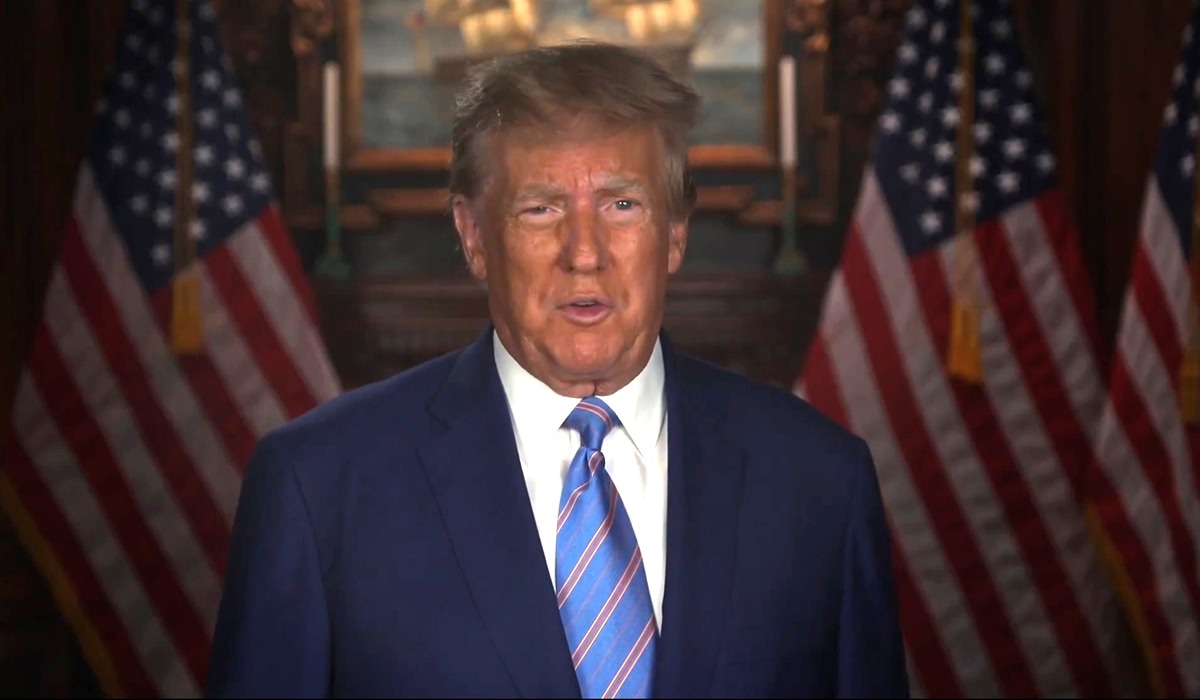
Image Credit, Trump Social feed
President-elect Donald Trump’s newly unveiled 10-point plan to overhaul America is sparking reactions across the political spectrum. Coming into his second term with an agenda that seeks to restructure the federal government, targeting what he calls the “Deep State,” his plan taps into longstanding public frustration with bureaucratic opacity, government overreach, and political corruption. Opinions about his ambitious approach are polarized, but the significance of his proposals and commitment to follow through have Americans wondering: can he truly rise to the occasion and effect meaningful change?
The outline is unmistakably bold, aimed squarely at breaking up the influence of entrenched officials and revamping agencies that, in his view, compromise democratic ideals. Whether Democrat or Republican, dismissing the audacity of this plan—and the possibility of real change—would be shortsighted. After all, his administration has achieved what many believed improbable, even if methods and rhetoric have sometimes stoked controversy and offense.
A President’s Power to Restructure Government
The first steps in this plan emphasize the president’s authority to “remove rogue bureaucrats” and “fire corrupt actors in National Security and Intelligence.” His call to reform FISA courts—a system marred by high-profile missteps in recent years—aims to restore transparency and integrity within judicial oversight. This level of reform speaks to a potent idea: a president who intends to wield his authority to reclaim control over executive agencies that, critics say, have gained excessive power.
His determination to dismantle the influence of insiders who have allegedly manipulated national security for political agendas may rally his supporters, but it raises logistical and ethical challenges. Removing bureaucrats is easier said than done; civil service protections and the sheer scale of the federal apparatus make it difficult for any president to act unilaterally. Yet, his willingness to push the boundaries of executive power could galvanize a new approach to governing that, if successful, might even resonate with moderates concerned with government overreach.
The Promise of Transparency, or a Worrying Witch Hunt?
Perhaps the most contentious element in the plan is the proposal for a Truth and Reconciliation Commission, which would declassify documents on alleged Deep State activities, including spying, censorship, and political suppression. The idea of shining a light on backroom deals and hidden agendas appeals to those alienated by Washington’s elitism, and it could mark a revolutionary shift toward transparency. However, opponents argue that this could morph into a divisive witch hunt, one that risks vilifying individuals rather than addressing systemic issues.
Critics also fear that his crackdown on government leakers could stifle the checks and balances essential to a functioning democracy. Whistleblowers and leaks have, at times, revealed abuse and mismanagement within the government; removing that channel could leave citizens less informed about their leaders’ actions. However, the president maintains that these leaks contribute to the “fake news” narrative, manipulating public perception and subverting democracy.
Separating Inspector Generals from the Agencies They Oversee
Another fundamental shift proposed is to make every Inspector General’s Office fully independent from the departments they investigate. This reform could safeguard IGs from agency pressure and encourage genuine accountability. Calls for an independent auditing system to monitor intelligence agencies align with public demands for more oversight, especially amid allegations of domestic surveillance. While such changes might curb misconduct, they could also breed mistrust within government ranks if viewed as punitive or overly antagonistic.
The Relocation of Federal Offices and Term Limits for Congress
A particularly unconventional move in the plan is the proposal to relocate portions of the federal government outside of Washington, D.C. Citing his earlier relocation of the Bureau of Land Management to Colorado, he argues that moving federal offices closer to the populations they serve will reduce insularity and allow for greater accessibility. The feasibility of such relocations remains in question, but decentralizing the federal bureaucracy could indeed bring a fresh perspective to governance, challenging the often insular nature of Washington’s policy-making.
The plan also renews support for a constitutional amendment imposing term limits on members of Congress. This age-old debate has gained renewed attention as voters call for fresh leadership. While a constitutional amendment is no small feat, the president’s willingness to push for it signals an understanding of public frustration with career politicians who, in the eyes of many, no longer represent their constituents effectively.
Can This Administration Deliver?
There’s no question that this second-term vision is one of monumental reform. Skeptics, however, are quick to note the challenges he faces: legal hurdles, institutional resistance, and the deeply partisan landscape of Congress. Yet, underestimating the ability to execute this vision might be premature. The first term, while controversial, saw significant actions that affected millions of Americans, particularly through an unorthodox approach to trade, immigration, and judicial appointments. And with a massive base rallying behind him, a second term could reveal whether these strategies can truly disrupt the entrenched systems now in his sights.
In a time where national division seems irreparable, this overhaul plan offers an optimistic yet contentious roadmap to reimagining American governance. Whether these measures will bolster democratic values or erode them remains to be seen. However, the nation’s hopes, doubts, and frustrations all converge on one central question: can Donald Trump, a president with a complex legacy and often polarizing rhetoric, rise to the occasion to deliver on these promises?


